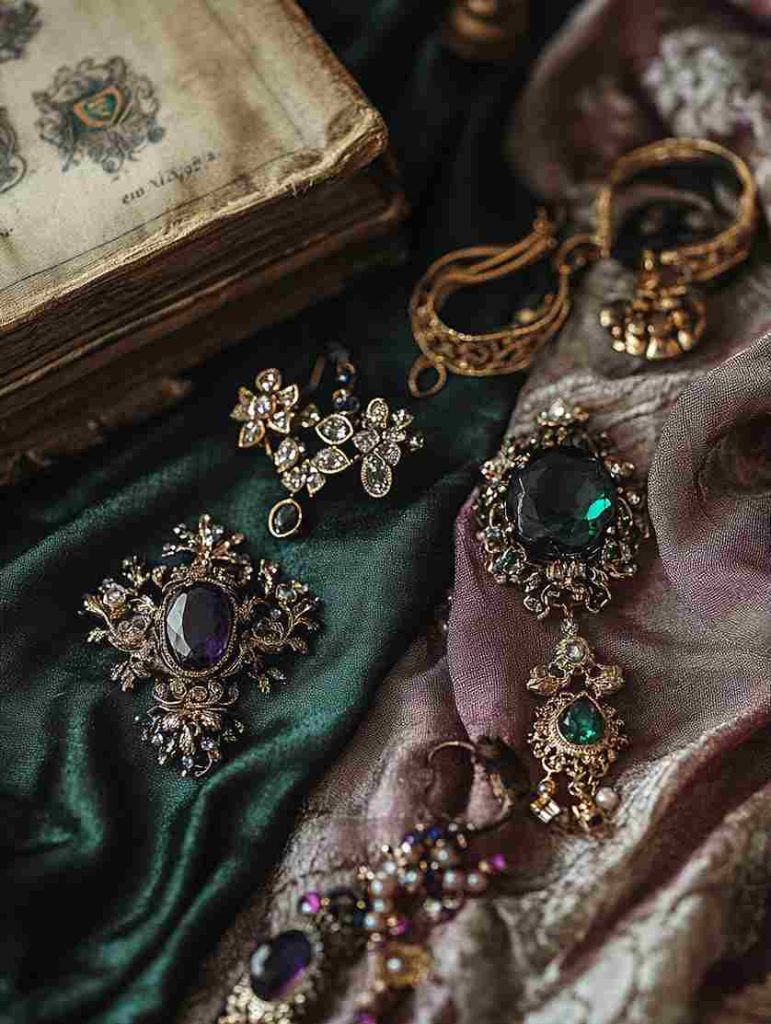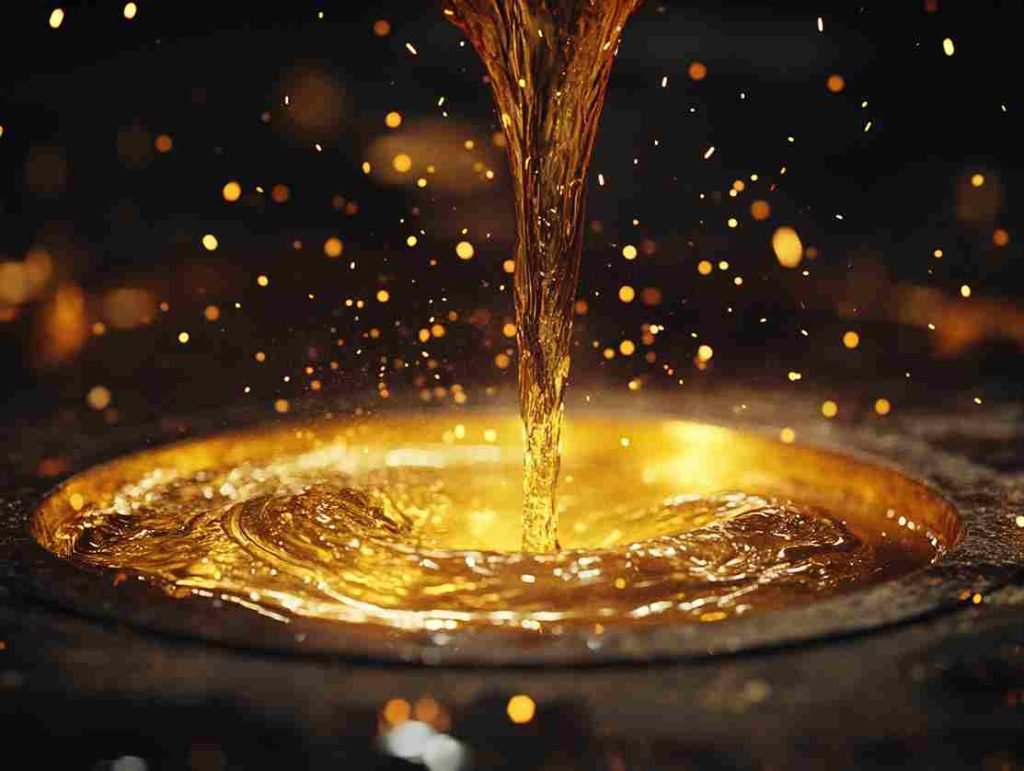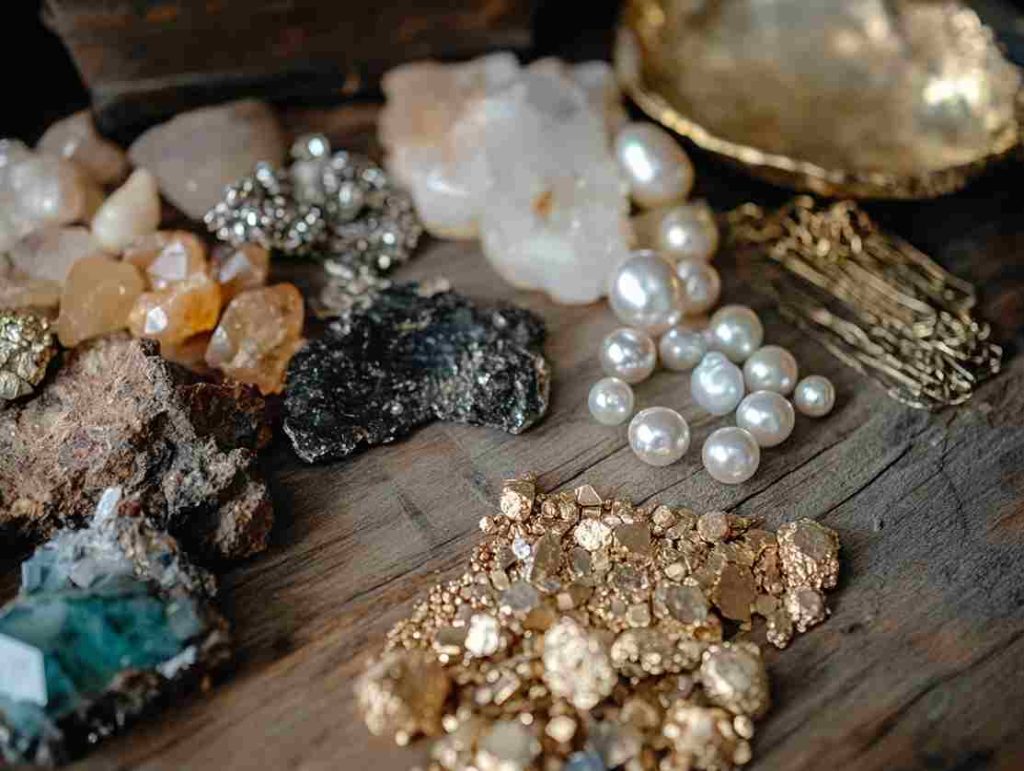Antique jewellery stands as a testament to the artistry and craftsmanship of bygone eras. Each piece tells a story of tradition, skill, and cultural significance, making it a cherished addition to any collection.
But how is antique jewellery made? Understanding the intricate processes and techniques behind these timeless treasures not only enhances your appreciation but also highlights the dedication of the artisans who created them.
In this blog, we’ll explore the various methods, materials, and craftsmanship that define antique jewellery making.
The Essence of Antique Jewellery
Antique jewellery is defined as pieces that are at least 100 years old. They reflect the artistic trends, cultural influences, and technological advances of their time.
Key Characteristics of Antique Jewellery
- Historical Significance: Tied to specific eras and cultural contexts.
- Intricate Designs: Elaborate patterns and motifs.
- Premium Materials: Crafted with precious metals and gemstones.
- Unique Craftsmanship: Handcrafted with meticulous attention to detail.
Curious about the cultural significance of jewellery? Explore why is jewellery made of gold for deeper insights.

Materials Used in Antique Jewellery
The foundation of any antique jewellery piece lies in the quality of materials used. Artisans of the past selected materials not only for their beauty but also for their durability.
1. Precious Metals

- Gold: High-karat gold (18K and 22K) offers unmatched purity and luster.
- Silver: Sterling silver (92.5% pure) is valued for its affordability and versatility.
- Platinum: Known for its strength and natural white sheen, though rare in antique pieces.
Discover more about how to care for silver jewellery.
Gemstones and Pearls
- Diamonds: A symbol of wealth and eternity.
- Colored Gemstones: Rubies, sapphires, and emeralds add vibrant accents.
- Pearls: Representing elegance, pearls were a favorite in necklaces and earrings.
Decorative Materials
- Enamel: Adds color and intricate detail.
- Glass Beads: Used for texture and sparkle.
- Semi-Precious Stones: Agate, turquoise, and onyx for decorative touches.
Techniques Used in Making Antique Jewellery
Filigree Work
Delicate metal threads are twisted and curled into intricate patterns, giving jewellery a lace-like appearance.
Granulation
Tiny metal spheres are fused onto the surface without soldering, creating texture and dimension.
Engraving
Artisans carve patterns, initials, or motifs onto the metal surface using specialized tools.
Stone Setting
- Prong Setting: Metal claws hold the gemstone securely.
- Bezel Setting: A rim surrounds the stone, protecting its edges.
- Channel Setting: Stones are set between two metal strips, ideal for rings and bracelets.
Casting
Molten metal is poured into molds, allowing artisans to create consistent shapes and designs.
Learn more about how antique jewellery is made.
Steps in Crafting Antique Jewellery
- Design Conceptualization
- Sketching: Designs are inspired by nature, architecture, or cultural motifs.
- Planning: Selecting materials and layout.
- Material Preparation
- Sourcing high-quality metals and gemstones.
- Crafting the Base
- Shaping the metal through forging, hammering, and bending.
- Adding intricate details using filigree or engraving.
- Stone Setting
- Preparing secure frameworks for gemstones.
- Setting stones using techniques like bezel or prong settings.
- Finishing Touches
- Polishing for a smooth, lustrous surface.
- Adding enamel or other decorative elements.
Preservation and Care of Antique Jewellery
Cleaning
- Use a soft cloth to remove dirt and oils gently.
- Avoid harsh chemicals that can damage delicate finishes.
Storage
- Store pieces individually in soft-lined boxes to prevent scratches.
- Use airtight containers to minimize exposure to air and moisture.
Handling
- Remove jewellery before engaging in activities like swimming or sports.
- Regularly inspect for loose stones or signs of wear.
Check out how to wash gold jewellery for more care tips.
Frequently Asked Questions
Q: How can I authenticate antique jewellery?
A: Look for hallmarks, detailed craftsmanship, and provenance documentation. Reputable dealers often provide authenticity certificates.
Q: Is antique jewellery a good investment?
A: Yes, due to its rarity, craftsmanship, and historical significance. However, purchase from trusted sources.
Q: Can I wear antique jewellery daily?
A: While durable, it’s best reserved for special occasions to preserve its condition.
Final Thoughts
Antique jewellery is more than adornment; it’s a piece of history. The artistry, materials, and techniques that go into each piece make them timeless treasures. Whether you’re drawn to their beauty or historical significance, understanding how antique jewellery is made deepens your appreciation.
Explore more about antique jewellery and discover pieces that connect you to the past while adding elegance to your collection.
